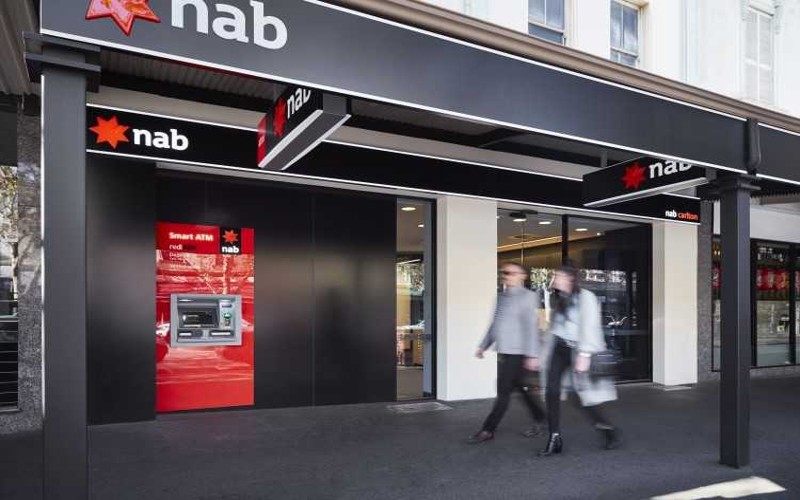
NAB made its second round of rate changes this year, following its latest forecast that the Reserve Bank of Australia (RBA) will start hiking the cash rate in August.
The latest set of rate changes mainly involves increases to fixed rates for Choice Package and Tailored Home Loan products.
NAB also lowered its base variable rate under its special offer. Here are the some of the latest rate changes by the bank:
|
NAB Loan Product |
Change |
New Advertised Rate |
Comparison Rate |
|
Choice Package Inv Tailored Fixed - P&I 5 yrs 150k+ |
+50 bps |
4.34% p.a. |
4.84% p.a. |
|
Choice Package Tailored Fixed - P&I 4 yrs 150k+ |
+45 bps |
3.99% p.a. |
4.35% p.a. |
|
Choice Package Inv Tailored Fixed - P&I 4 yrs 150k+ |
+40 bps |
4.14% p.a. |
4.78% p.a. |
|
Tailored Fixed - P&I 3 yrs |
+25 bps |
3.69% p.a. |
4.43% p.a. |
|
Base Variable Rate P&I Special Offer <80% |
-10 bps |
2.19% p.a. |
2.23% p.a. |
Wealthi co-founder Peter Esho said the four major banks have been consistently raising their fixed rates since October last year, with many products now carrying rates that are 100 to 125 bps higher than in September 2021.
"We won’t feel the full impact until the next few months — one of the things I believe will have a big impact is the large number of fixed-rate mortgages which mature and borrowers all of a sudden see rates much higher than what they fixed in 2020 or 2021," he said.
NAB predicts a 0.75% cash rate by year-end
NAB economists are now seeing the RBA to make its first hike by August, lifting the cash rate by 15 bps to 0.25%.
Two more increases are expected, one in September (25 bps) and another in November (25 bps), which would bring the cash rate to 0.75% by the end of 2022.
NAB group chief economist Alan Oster said this revised monetary policy projection reflects the near-term forecasts as the economy continues to exceed expectations.
"The recent national accounts confirmed that activity rebounded rapidly in Q4 of 2021, and our internal data suggest that while Omicron impacted consumption in early January, the effect was short-lived and consumer spending rebounded in February," he said.
NAB economists expect the unemployment rate to hit 4% this month and 3.5% by the second half of 2022 — these forecasts are well ahead of the expectations of the central bank.
Furthermore, they expect a quarterly trimmed-mean inflation of 1% in the first two quarters of the year, which would put the core inflation at around 3.75% by mid-2022.
While the RBA previously cited the ongoing conflict in Ukraine a "new major source of uncertainty", Mr Oster categorised the uncertainty as a "small risk".
"The RBA could choose to wait longer to see how the situation plays out and how inflation and wages evolve," he said.
"The RBA could also choose to experiment by running the economy hotter for longer the goal of seeing the unemployment rate fall even lower."
Collections: Mortgage News Interest Rates

 Fact checked
Fact checked

Share